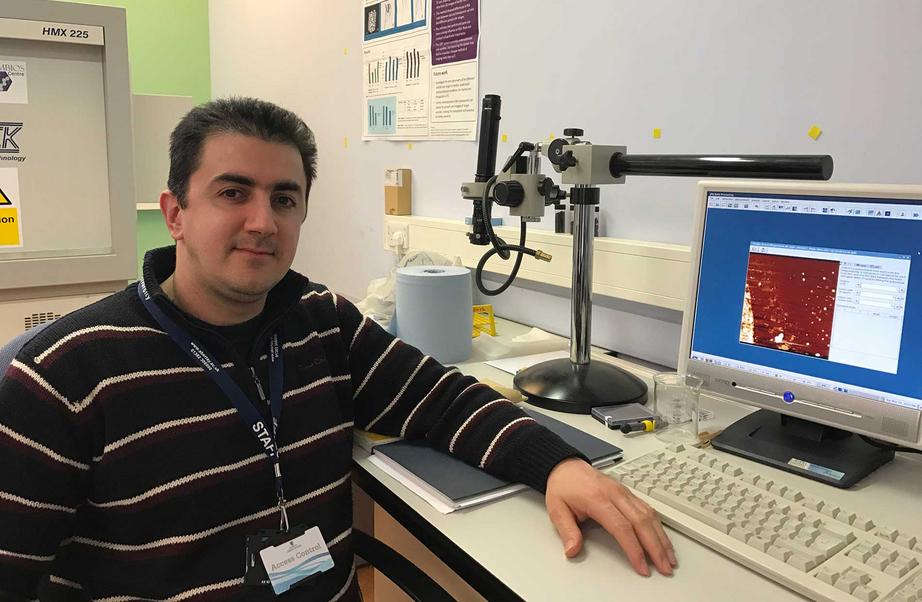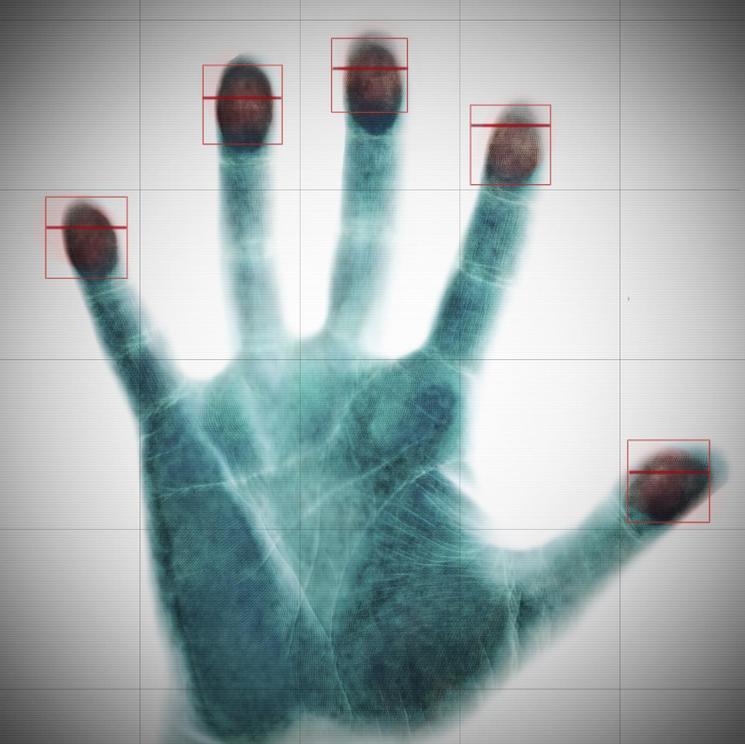Crime scene fingerprints can move
New research at Abertay University has discovered that crime scene fingerprints can move after they have been deposited.
The project led by Abertay’s forensics team, supported by the Home Office, found a thin layer of material from a print can migrate across surfaces away from the original mark.
Over a period of up to two months that material, around four millionths of a millimetre thick, will spread away from deposited fingerprint ridges, depending on the host surface.
This movement can cause the clarity of the developed fingerprint to be reduced or in some cases obliterated.
The discovery has the potential to help determine how long a print has been at a scene and could prove to be a valuable for police forensics techniques.
The findings are part of a project from Abertay research assistant Krastio Popov, 35, from Bulgaria, which has been published in Forensic Science International.
Using an Atomic Force Microscope, Popov has been studying a series of prints on a variety of surfaces since 2013.
 Abertay research assistant Krastio Popov.
Abertay research assistant Krastio Popov.
Dr Ben Jones, Head of the Division of Science at Abertay, said: “Fingerprints deposited on surfaces are a complex mixture of water, fats and salts.
“This research has implications in the development of the mark, particularly relevant to new materials such as polymer banknotes, and potentially helps to gather more intelligence from the forensic exhibits.”
The research also involved Huddersfield and Manchester universities.
Tests have been carried out using silicon and Formica, such as kitchen work surfaces, observing the migration of material through differences in the stiffness of the fingerprint and the surface.
This is particularly helpful where surfaces which have a level of roughness.
The paper, "Migration of latent fingermarks on non-porous surfaces: Observation technique and nanoscale variations" is by KT Popov, VG Sears and BJ Jones.

